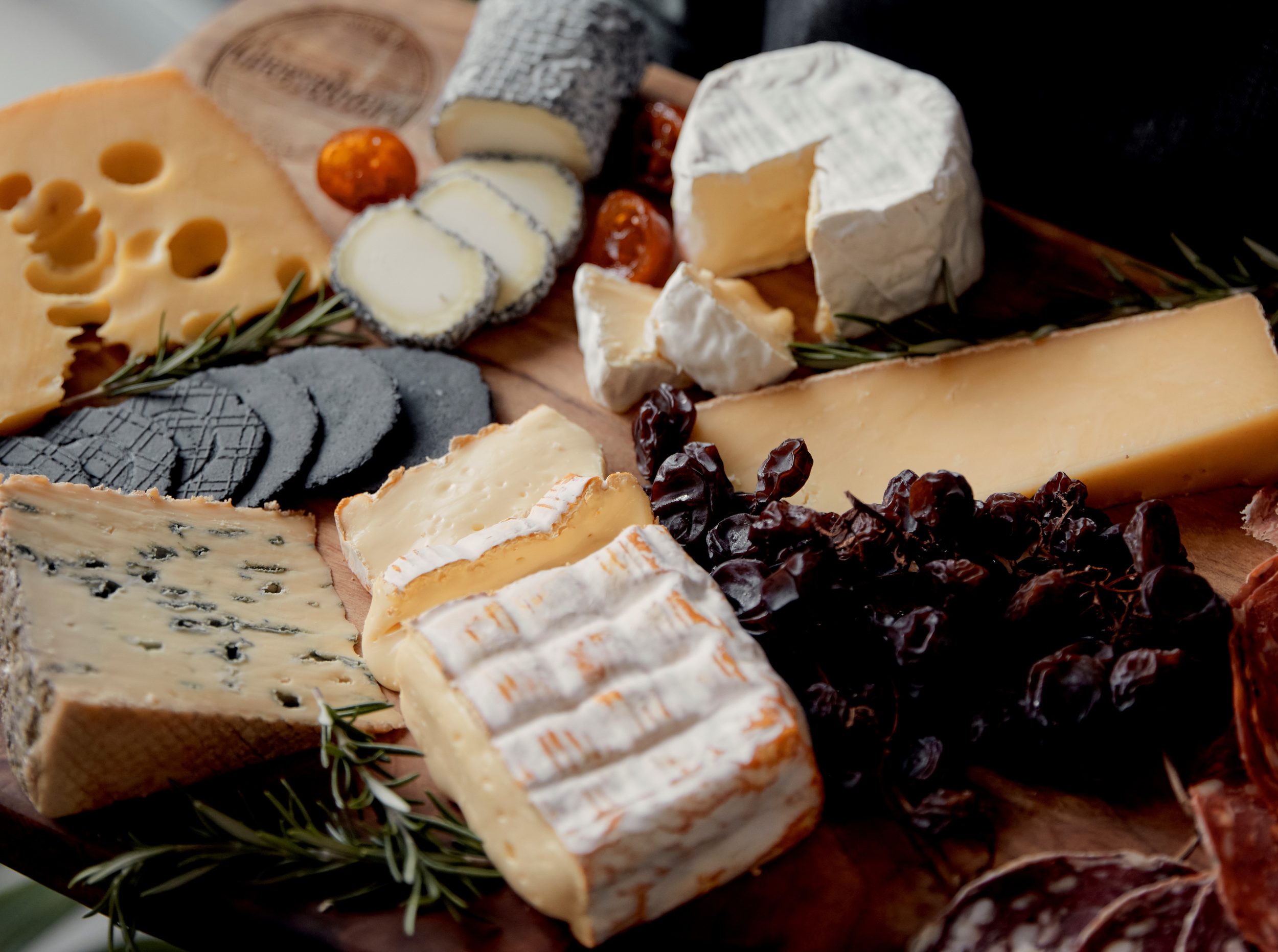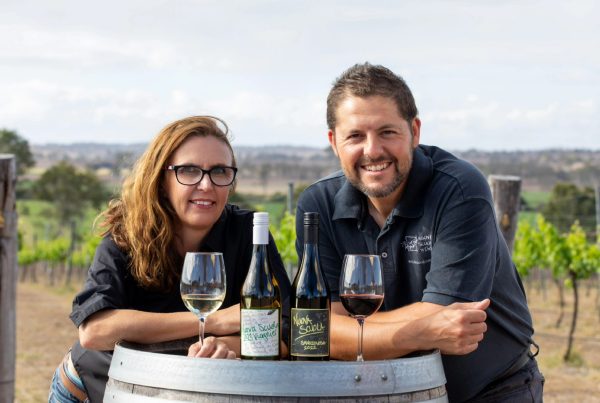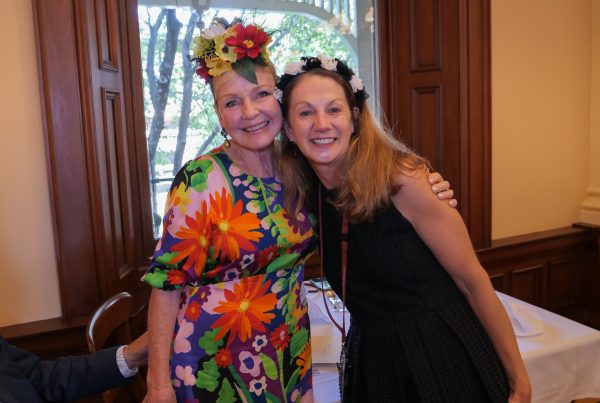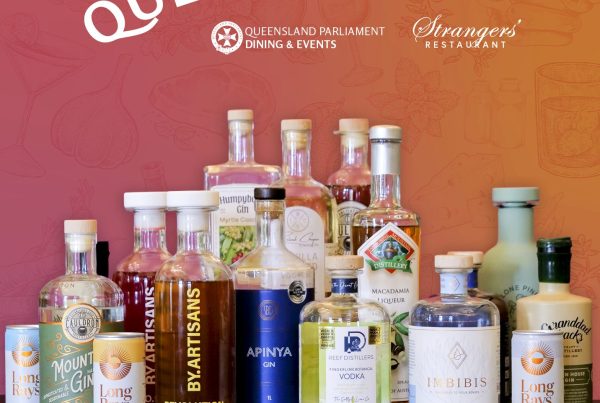Wendy Downes is the owner of The Cheeseboard, in Albion, a retail and wholesale business specialising in the maturing of cheese, as well as offering bespoke cheeseboards, cheese tasting and cheese matching classes.
Your original intent was to become a cheesemaker yourself – how did that change?
I took annual leave every year and did a Cert 3 in artisan cheese making at TAFE South Australia over 8 years. The idea was that when I’d had enough of working, I’d have a tree change and do cheesemaking. But I discovered that I really loved the final stage of cheese manufacturing, affinage.
So, after learning what I could in that field in Australia, I did a two-week course in a maturation cave in France.
What does “affinage” involve?
Once the cheese is out of its mould and it’s been brined, it needs to be looked after until it’s ready to eat.
Each cheese has its own protocols. For example, we don’t really do too much to our bloomy rinds. We store them at about five degrees and we turn them every couple of days just to make sure that the little white moulds grow well.
We wash other cheeses; with water, brine, alcohol or “morge” which is a culture-infused brine. This helps create the skin and stops any gnarly moulds growing, but also develops flavour. We also might wrap a cheese in cloth and rub with oil or lard, it really depends on the cheese. We test to decide when it’s the best time to release the cheese – anywhere from one day to 3 years.
You don’t have an actual cave so where do you mature the cheese?
What we’re trying to do is reproduce a limestone cave environment. We have two “caves,” which are cold-rooms. For our hard cheese we try to keep the temperature at around 11 degrees and the humidity at 90 %. In our soft, or lactic cheese cave, it can be anywhere from 80 to 95 percent humidity and between 8 and 12 degrees.
We keep our blue mould quite separate, because the blue mould is quite contagious and you don’t really want blue moulds on other cheeses, so we mature that in a wine fridge. The lactic-set cheeses, the ones with the beautiful little “brainy” surface such as mature chevre can be overpowered by the brie and camembert moulds, so we try to keep those separate, in our soft or lactic cave. Then we have a third area for the hard cheeses.
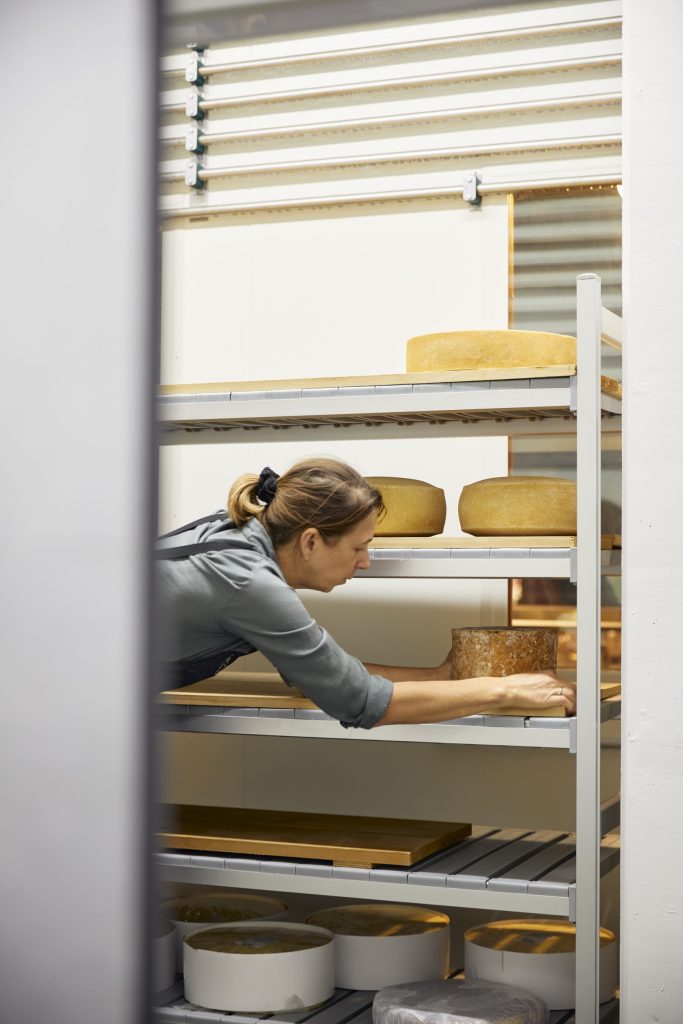
Where do your cheeses come from?
We only sell Australian cheeses. That can be a hard journey and we’ve had people walk out when they find we don’t sell French cheeses but apart from supporting our dairy farmers, I believe that if we want to have good quality cheese in Australia, we need to get behind them.
Queensland is well-represented. We have mozzarella and other stretched curd cheese from Tamborine Cheese. Gold Coast Cheese Co. make soft bloomy rind cheeses including ashed triple cream, truffle triple cream and “Beechmont.”
Nimbin Valley Dairy make their cheeses on the Gold Coast using milk from their farm in Northern Rivers NSW. Their Tintenbar Triple and “Nashua,” a buttery washed rind, are gaining a local following. They also produce a creamy stilton style called “Blue Cow” and a hard cheese called Monte Nardi.
On the Sunshine Coast there is Woombye Cheese Co, who use milk from Maleny to make an iconic cheese called “Blackall Gold” – a creamy, but delicate washed rind and other triple cream style cheeses, while Christian Noble from Fromart makes a semi hard Swiss-style cheese called “Tilsit” with milk from Gympie.
In the Lockyer Valley, Annie Emmerson, from Emmos Fine Foods has a small herd of goats and makes a delicate camembert style called “Nannybert” and a blue cheese called “Coopers Blue.”
Do you have any tips on putting together a cheeseboard for home?
A softer cheese, a hard and a blue is probably a classic cheeseboard, but it doesn’t have to be that.
I’d recommend to get a variety of milks because it gives you different flavours and interest and then look at colour and texture. I like cheese in threes or fives as I just think it looks better on the board. As for when to take them out of the fridge – I know everyone says cheese should be served at “room temperature,” which is really 18 degrees. So, in Australia, I generally would say just bring it out just as before you’re going to eat it, particularly in Queensland; all it does is sweat if you leave it out in our humidity.
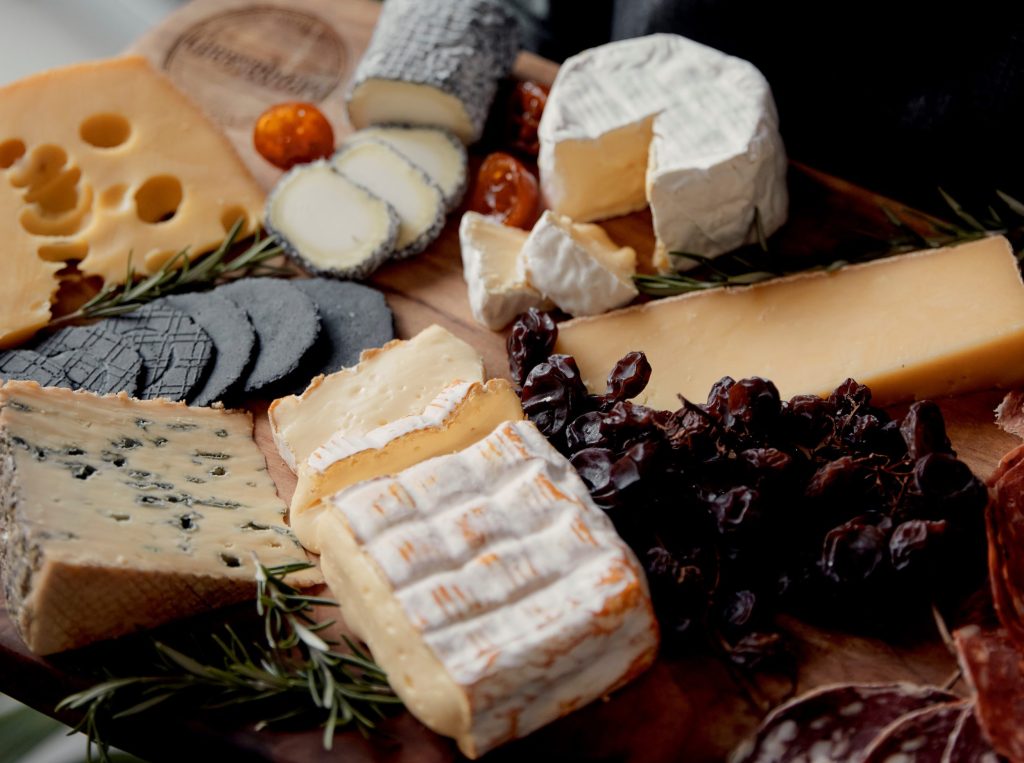
What cheeses are exciting you right now?
My friends call me “Mary, mother of baby cheeses,” so selecting a favourite cheese is like admitting to a favourite child, but one cheese that’s attracting my attention is Silver Wattle, a style of cheese rarely made in Australia because of the time and care needed to make it. The end result is creamy and savoury. I enjoy cheese just on its own, but if I was sharing Silver Wattle with others, I’d serve it with a fresh baguette and a handful of smoked almonds.
Also Fromart’s Tilsit is amazing right now. Usually, we only release this cheese after aging for 3 months, but the creamy, savoury flavour of this batch was so good we released it early. The goat kidding season has started, which means the goat’s milk cheese made over the next few months will be the best of the season. The best way to experience this fresh first of the season milk is with Emmos’ Nannybert.

